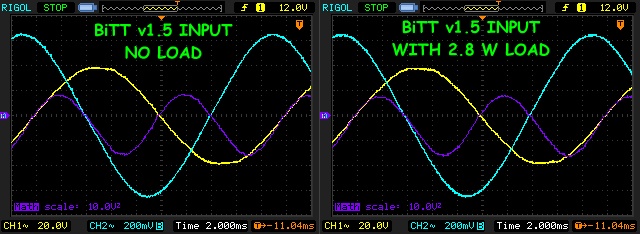So this guy made a video that really illustrates with better test equipment exactly what I have been seeing. https://www.youtube.com/watch?v=j-dZj4-PU9s
I'm not doubting the reality of OU, maybe I'm missing something with my experiments...
Good Luck,
Dave
I'm not doubting the reality of OU, maybe I'm missing something with my experiments...
Good Luck,
Dave

 I wonder sometimes about why people do this stuff.
I wonder sometimes about why people do this stuff. .
.

Comment